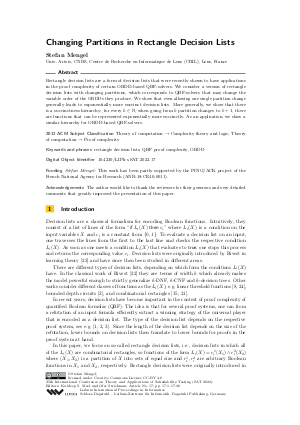LIPIcs.SAT.2022.17.pdf
- Filesize: 0.69 MB
- 20 pages

 Creative Commons Attribution 4.0 International license
Creative Commons Attribution 4.0 International license







Feedback for Dagstuhl Publishing